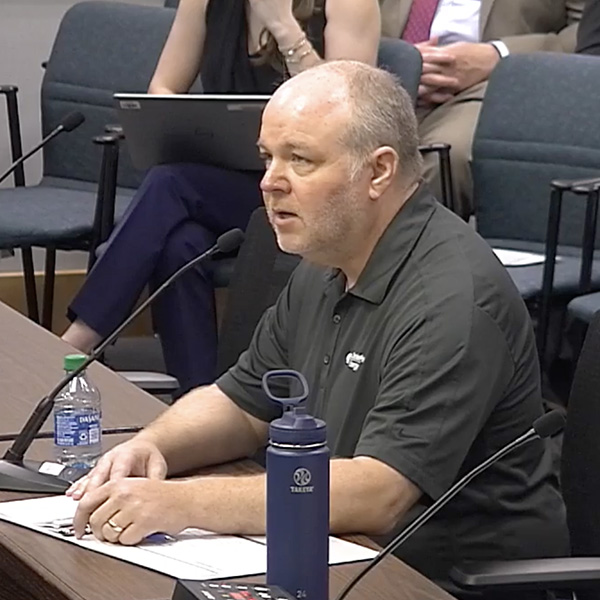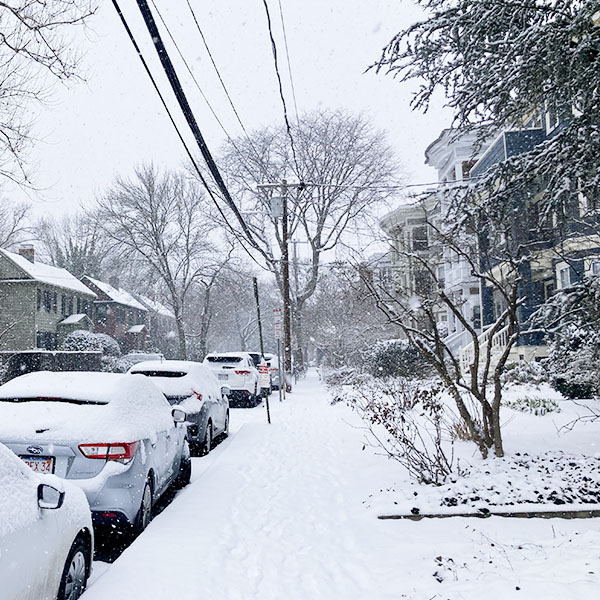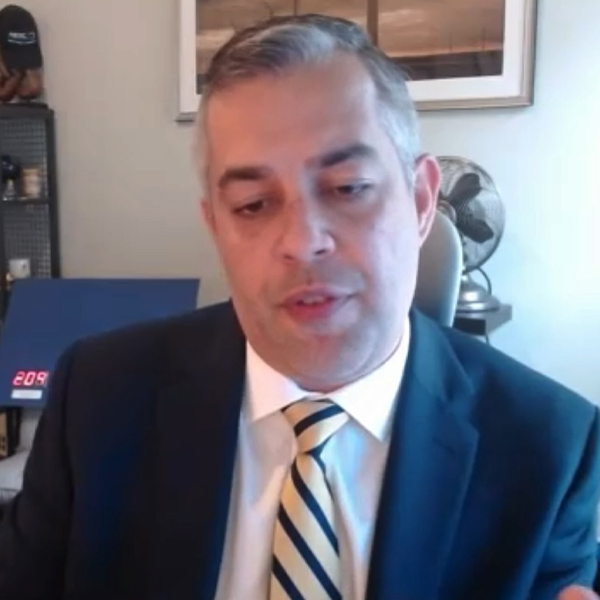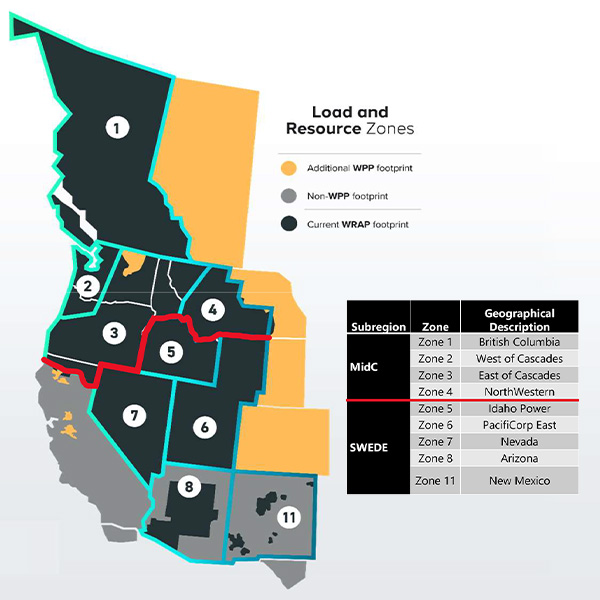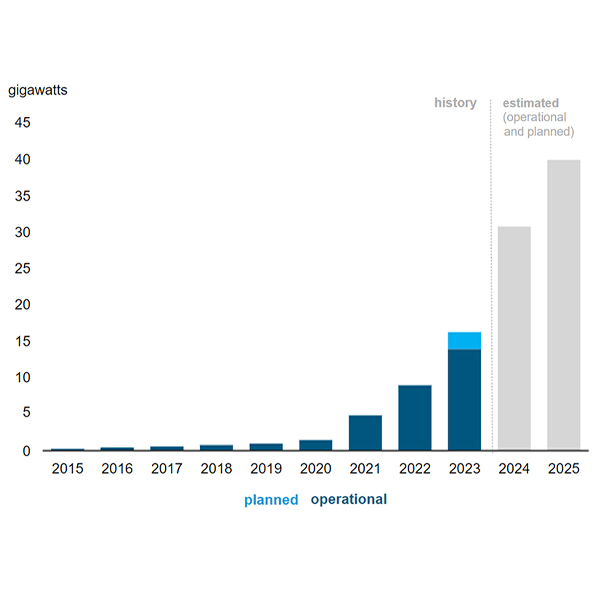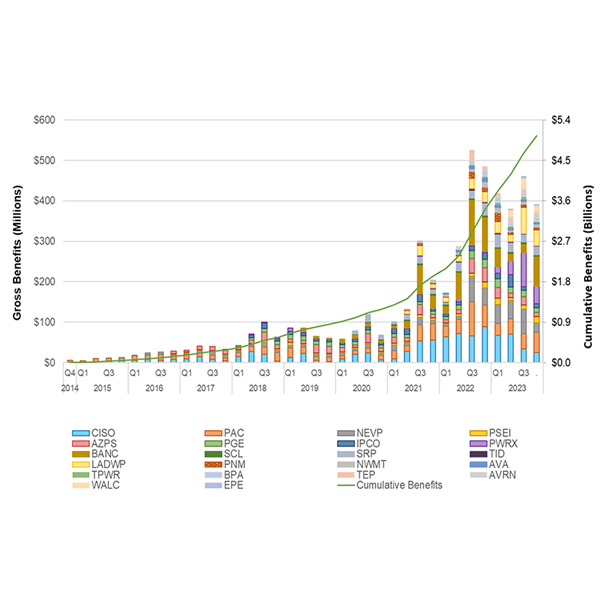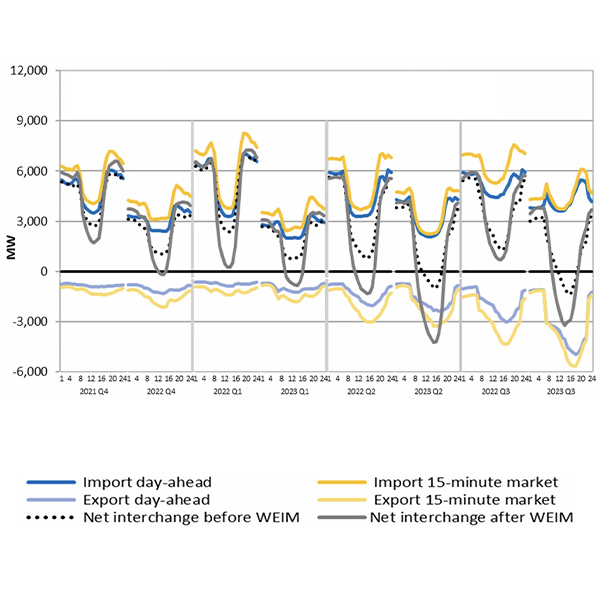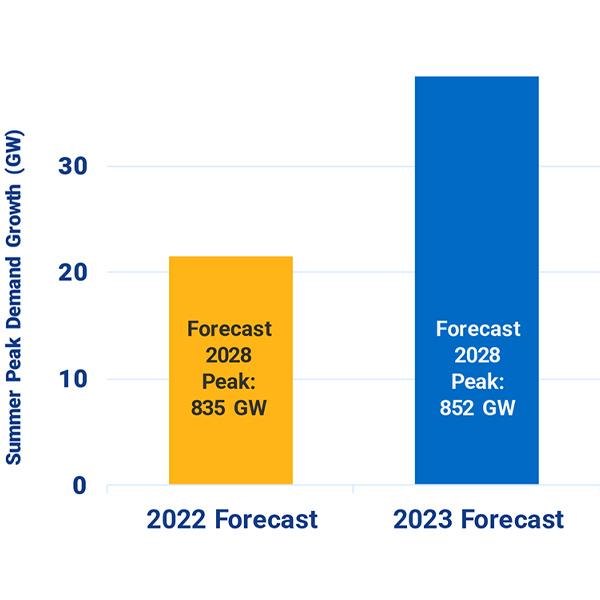extreme weather
CenterPoint Energy says it has reduced the number of outages following May 16's devastating derecho from 922,000 to nearly 15,000.
ISO-NE outlined its current thinking on a potential Regional Energy Shortfall Threshold at the NEPOOL Reliability Committee.
The ERO says the grid could face challenges during periods of extremely high temperatures this summer.
Citing “significant new headwinds” to securing energy resources, participants in the Western Resource Adequacy Program are seeking to delay the program’s “binding” penalty phase by one year, to summer 2027.
With electricity demand expected to undergo rapid acceleration by 2028, stakeholders must “pursue the full range of technology, planning and operation solutions” to meet resource adequacy needs, the DOE said in a report.
CAISO’s WEIM last year hit $5.05 billion in benefits for its members since its inception in 2014, continuing the positive trend of growth tied to an expanding Western footprint.
The Department of Energy is seeking recipients for up to $70 million of investments into energy resilience.
CAISO's Department of Market Monitoring explained that self-scheduled exports to support stressful conditions led to the declaration of emergency alerts in July.
After years of low load growth, U.S. grid planners now predict a sharp increase in electric demand, according to a report by consulting firm Grid Strategies.
NYISO’s new 10-year reliability plan finds no “actionable reliability needs,” but warns of narrowing reliability margins.
Want more? Advanced Search
